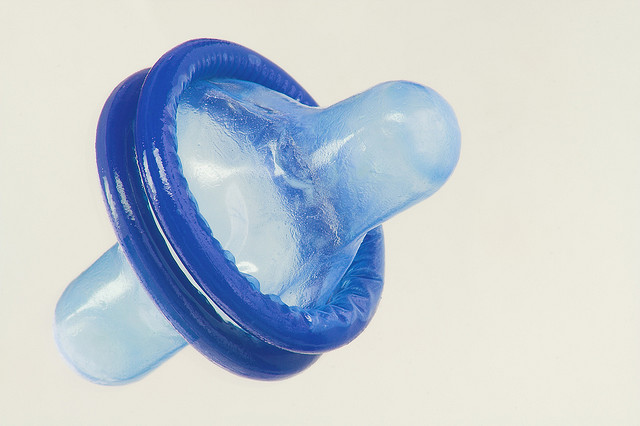
Australian scientists have designed a special condom that can kill viruses responsible for various sexually transmitted diseases (STD), including HIV.
Interestingly, VivaGel, an antiviral compound in the condom has been proved effective in deactivating 99.9 percent of HIV (human immunodeficiency virus), herpes and HPV (human papillomavirus).
The "ground-breaking new sexual health product", developed by an Australian biotechnology firm Starpharma in partnership with one of the leading condom companies in the world Ansell, has already received green signal from the Australian regulators and will hit the markets under Ansell's brand name LifeStyles Dual Protect very soon.
"There is a final step, which is a relatively rapid step which is likely to be a matter of a few weeks for listing on the ARTG (Australia's Therapeutic Goods Administration)," Dr Jackie Fairley, chief executive of Starpharma, told ABC News . "The product will be, therefore, expected to be launched quite soon, so probably within the next few months."
The product has already invited attention from consumers. Nearly 80 percent of people participated in a survey conducted by the company found the product interesting.
However, the company said that the gel cannot ensure a complete protection. "Condoms are not 100 per cent effective in preventing either pregnancy or sexually transmitted infections and so anything that you can do to reduce the number of virus particles by inactivating them with a substance like VivaGel would reduce overall viral load." Dr Fairley added to ABC News.
"The more viral particles you're exposed to, that typically translates into a greater chance of infection."
Sexually transmitted infections, as defined by World Health Organisation (WHO), are the diseases that spread mainly through any kind of sexual contact- oral, anal or vaginal -with another person. In some rare cases, people also contracts STD through skin-to-skin contact with a sexual partner, during a tissue transfer or blood transfusion. Until the date, more than 30 different sexually transmissible bacteria have been identified. Chlamydial infection, trichomoniasis, gonorrhoea, chancroid, genital warts, genital herpes, hepatitis B infection are some of the common STDs caused by these bacteria. It is estimated that more than one million people around the world get infected with STD every day. People with STDs are at a three-fold higher risk of getting HIV than the others.
The new product comes at a time when millions of people across the world are affected with HIV. According to the World Health Organization (WHO), nearly 34 million people were diagnosed with HIV in 2011 and 1.7 million died of AIDS.













!['It's not Mumbai traffic, it's air traffic': Suriya apologises to Mumbai media after paparazzi yelled At Him for making them wait for hours [Watch]](https://data1.ibtimes.co.in/en/full/806234/its-not-mumbai-traffic-its-air-traffic-suriya-apologises-mumbai-media-after-paparazzi.jpg?w=220&h=138)



